The Anne Frank House, located on Prinsengracht in Amsterdam, is a profoundly moving site that draws visitors from around the globe. It tells the story of Anne Frank, a young Jewish girl whose diary captured the human spirit amidst the horrors of World War II. More than just a museum, this site immerses visitors in history, offering lessons about courage, resilience, and the importance of standing up against injustice.
If you’re planning a visit, here’s everything you need to know to make the most of this meaningful experience.
1. Step Into the Secret Annex
The highlight of the Anne Frank House is the Secret Annex, the hidden set of rooms where Anne Frank, her family, and four others lived in hiding for over two years. The entrance, concealed behind a moveable bookcase, has become one of the most iconic symbols of the Franks’ desperate bid for survival.
What to Expect
Walking into the Annex is like stepping back in time. The rooms remain unfurnished, as per Otto Frank’s wishes, but historical details like Anne’s movie star clippings on the walls and pencil marks showing the children’s heights are preserved. The narrowness of the space and the creak of the old wooden floors evoke the claustrophobia and constant fear they endured.
What to Reflect On
Visitors often describe the experience as deeply emotional. Imagine the family’s day-to-day life—staying silent for hours to avoid detection, reading, writing, and dreaming of freedom they might never see.
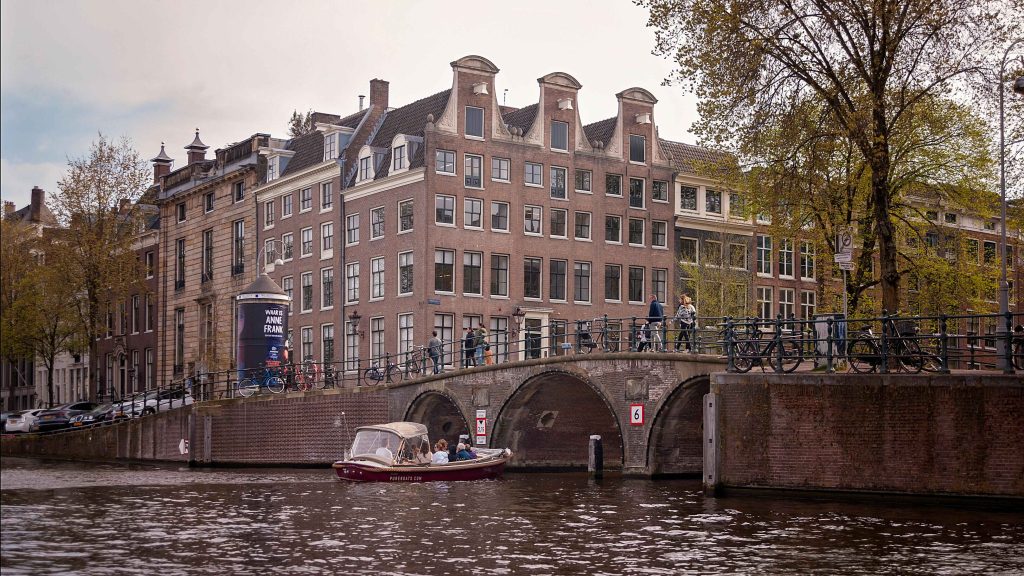
2. See Anne Frank’s Original Diary
Anne Frank’s diary is the centerpiece of the museum. This red-checkered notebook is where she poured out her thoughts, fears, and dreams, making her one of history’s most eloquent and enduring voices.
Why It’s Special
Anne’s writings offer a glimpse into her vibrant personality. Despite the unimaginable conditions, her diary is filled with hope, humor, and reflections on growing up. You’ll also see other writings she created, including short stories and a rewritten version of her diary that she hoped to publish after the war.
For Young Visitors
The diary resonates with people of all ages, but it holds a special connection for young visitors. It’s a reminder of how powerful a young person’s voice can be, even in the darkest of times.
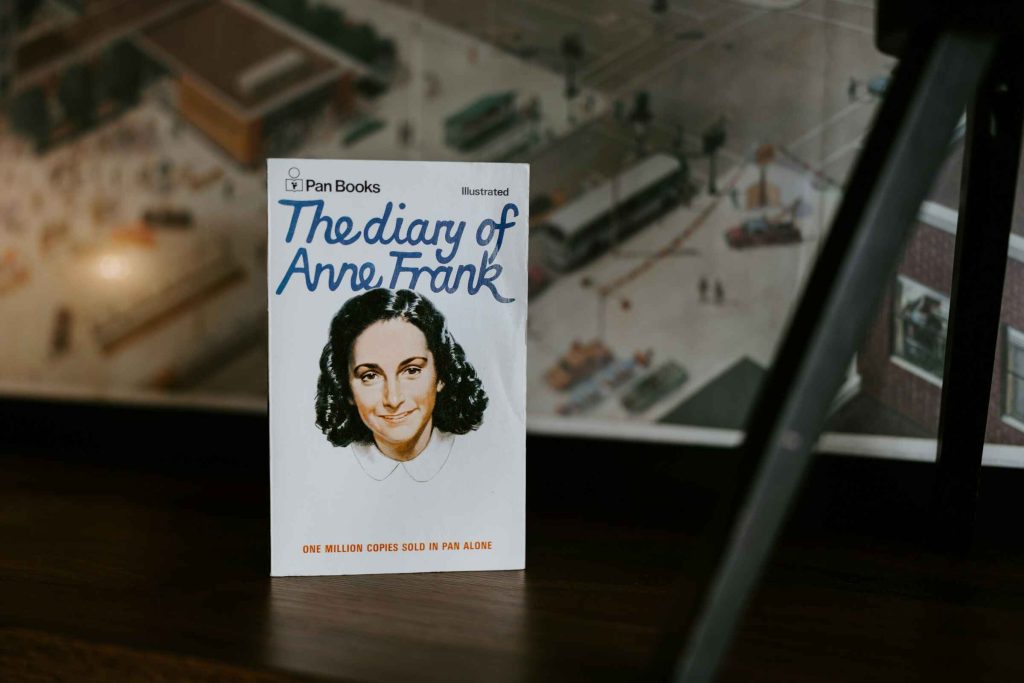
3. Explore Historical and Multimedia Exhibitions
The museum goes beyond the Secret Annex to place the Frank family’s story within the broader context of the Holocaust and World War II. Through multimedia exhibits, visitors learn about the rise of anti-Semitism, Nazi persecution, and the war’s impact on the Netherlands.
Interactive Features
- Timelines: Learn about the history leading up to and following the Frank family’s time in hiding.
- Personal Testimonies: Watch interviews with Anne’s surviving friends and people who knew the family. These first-hand accounts offer a vivid, personal perspective.
- Digital Archive Access: Use touchscreens to explore photos, letters, and historical documents.

4. Reflect in the Memorial Space
The museum includes a dedicated area for quiet reflection. After walking through the emotionally heavy exhibits, this space allows visitors to process what they’ve seen and draw parallels to contemporary issues.
Why It Matters
The lessons of Anne Frank’s story remain relevant today, as prejudice, intolerance, and human rights violations persist worldwide. The memorial space reminds visitors of their responsibility to stand against injustice in all forms.
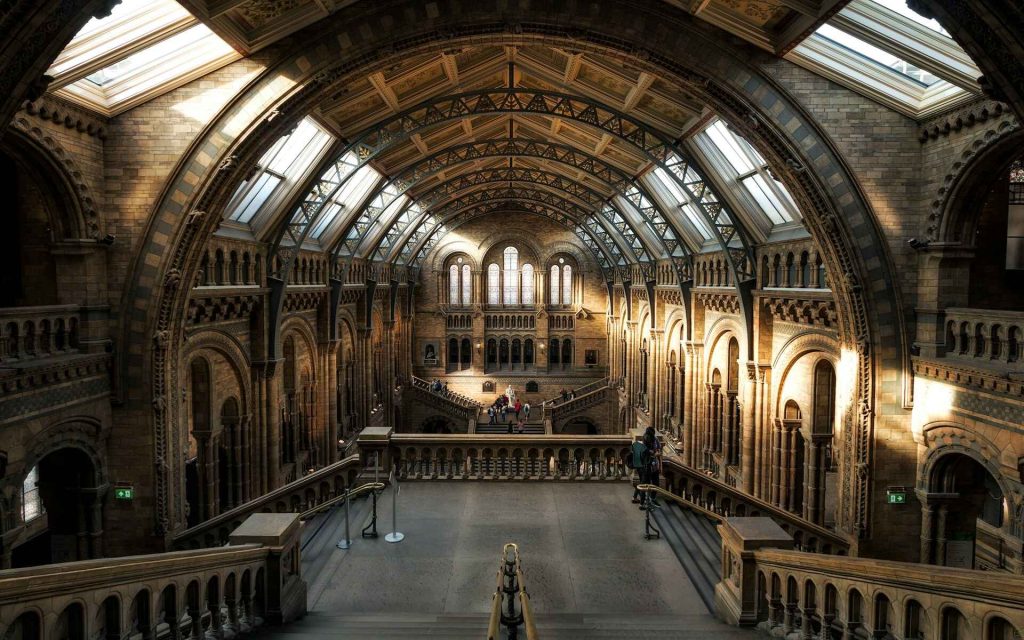
5. Participate in Educational Programs
The Anne Frank House is committed to educating future generations about the Holocaust and combating modern-day discrimination. If you’re visiting with a school group or have time to explore more deeply, consider joining one of their educational programs.
Workshops and Tours
- Guided Tours: Led by experts, these tours offer insights that enhance your understanding of the exhibits.
- Workshops: Learn about human rights, freedom, and the importance of tolerance in today’s world.
For Virtual Visitors
If you can’t make it in person, the museum offers virtual tours and online educational resources, allowing people around the world to connect with Anne’s story.
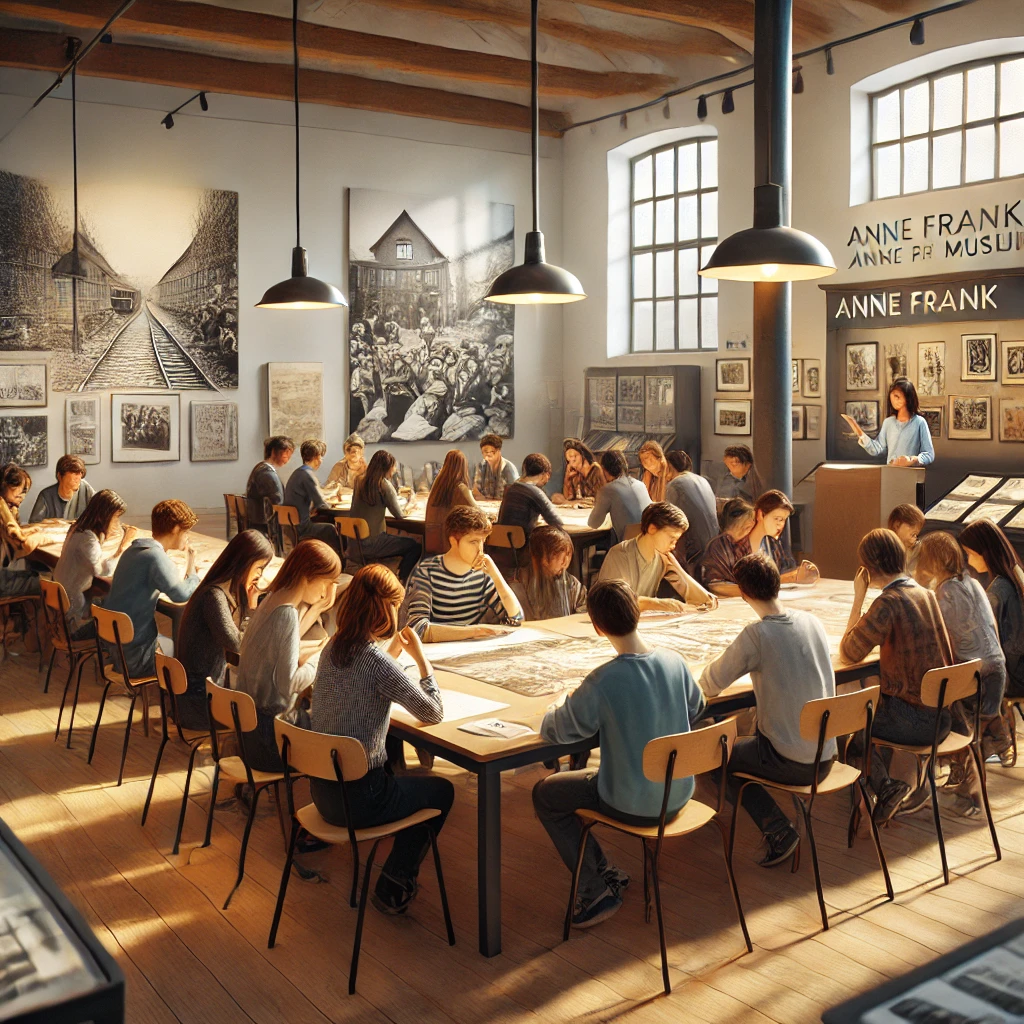
6. Visit the Museum Shop
The museum shop is a treasure trove for history buffs, offering books, educational materials, and unique souvenirs. It’s also an excellent way to support the museum’s mission.
What to Look For
- Books: Anne Frank’s diary is available in multiple languages, along with other books about the Holocaust.
- Postcards and Prints: Beautiful replicas of Anne’s photos and her iconic quotes.
- Jewish History Resources: Educational tools and materials for deeper learning.
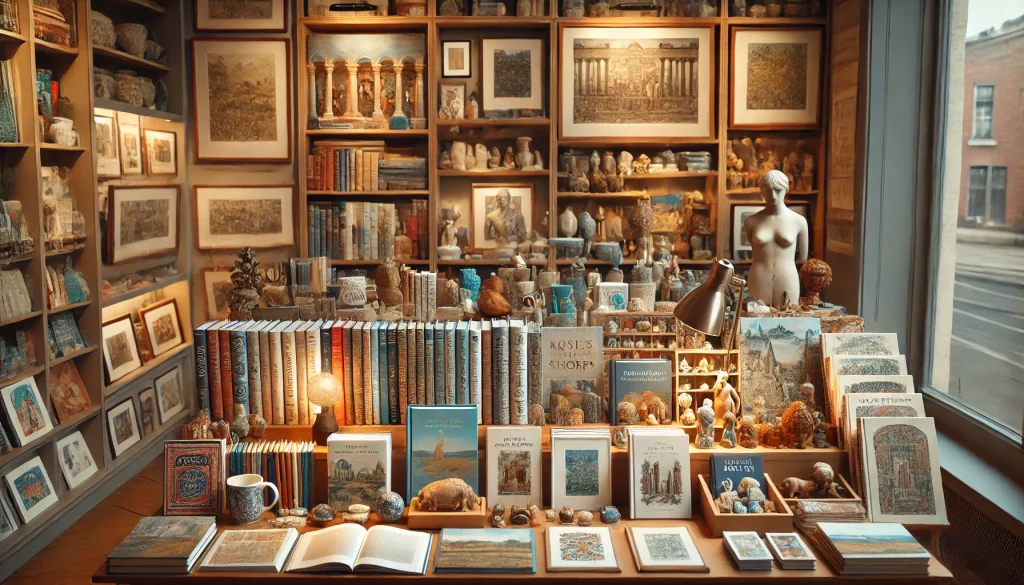
7. Stroll Around the Neighborhood
After your visit, take some time to explore the Jordaan district, where the Anne Frank House is located. This charming area is filled with canals, cobblestone streets, and quaint cafes.
Points of Interest Nearby
- Westerkerk: The church whose bells Anne mentioned in her diary.
- The Homomonument: A memorial dedicated to LGBTQ+ individuals persecuted during the Holocaust.
- Local Cafes: Reflect on your visit over coffee or traditional Dutch treats like stroopwafels.
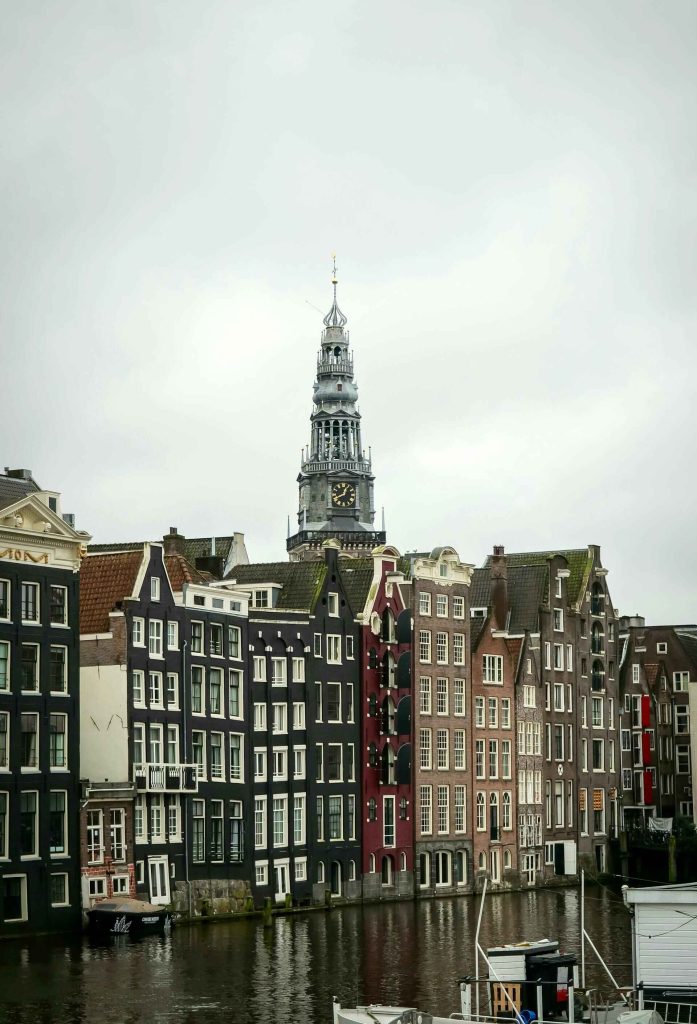
Tips for Visiting the Anne Frank House
- Book Tickets Early: The museum operates on a timed-entry system, and tickets sell out quickly. Secure yours weeks in advance.
- Allow Ample Time: Set aside at least 1.5 to 2 hours for your visit.
- Prepare Emotionally: The exhibits are deeply moving and may be overwhelming, especially for children.
- Accessibility: While parts of the museum are wheelchair-accessible, the Secret Annex includes steep stairs.
Why Visit the Anne Frank House?
A visit to the Anne Frank House is more than just a history lesson; it’s a transformative experience. It reminds us of the resilience of the human spirit and the importance of standing against hatred and intolerance. Anne’s story continues to inspire millions, urging us to work toward a world where everyone can live in freedom and peace. Read more!